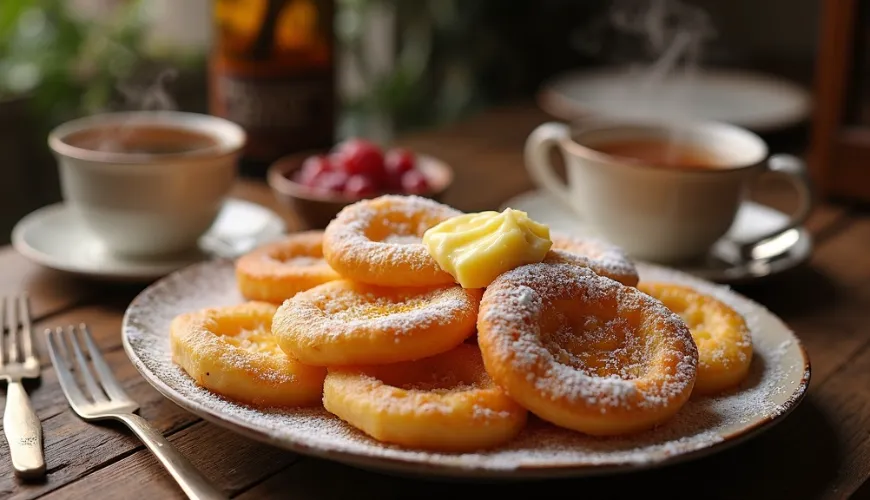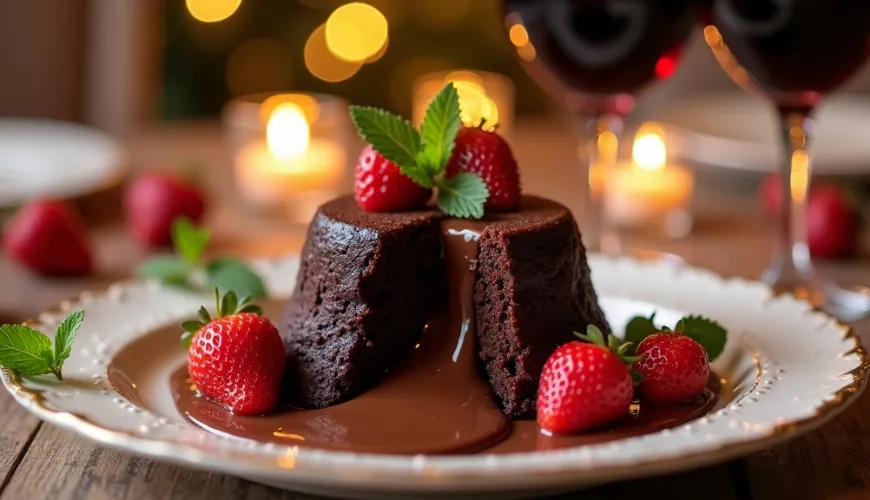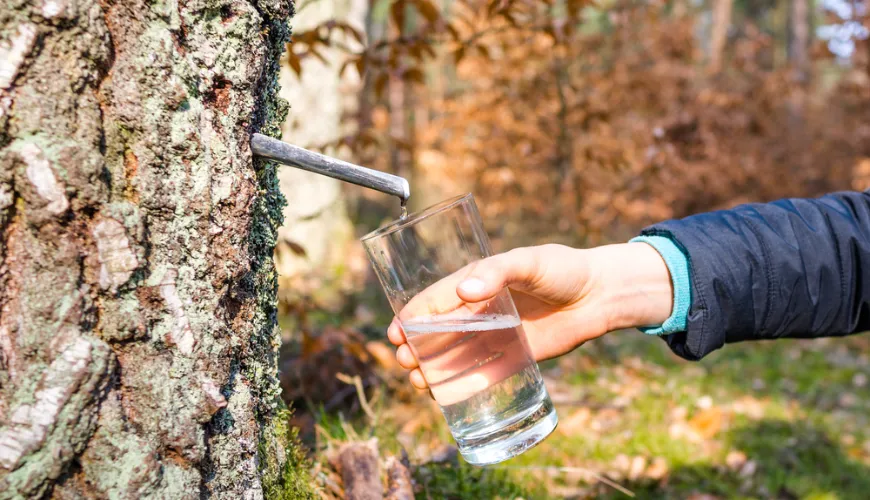
How to Make Peciválky Easily and Quickly According to Grandma's Recipe

What Are Peciválky and Why Have They Almost Been Forgotten?
Perhaps you still remember how your grandmother used to prepare fluffy, sweet pastries on Sunday mornings that smelled of butter and vanilla. Maybe you didn't even know then that the fluffy delight is called peciválky. Today, they are almost absent from most menus – replaced by modern desserts that may dazzle with their appearance but lack that homey charm that peciválky always carried.
Peciválky are a traditional pastry with roots mainly in Moravia and Eastern Bohemia. They resemble small buns but with a more pronounced taste and texture. They are most commonly eaten sprinkled with sugar, drizzled with butter, or served as a side to fruit sauces. They used to be a staple in every household – a symbol of weekend calm, the family table, and the meticulous work of our grandmothers.
Today, however, it seems that true peciválky are slowly fading into oblivion. They are rarely found in modern cookbooks and even less often in bakeries. Yet their preparation is not complicated at all – just a few ingredients and a bit of patience. The result is worth it. And what's more – once you bake them, the whole house is filled with a scent that takes you back several decades, to your grandmother's kitchen.
Peciválky According to Grandmother's Recipe
When you say grandmother's peciválky, most people envision golden, slightly crispy pastries that melt in your mouth. Every household had its own recipe, but the base was always the same: plain flour, fresh yeast, milk, eggs, a bit of sugar, and butter. Nothing complicated – but it's this simplicity that gives peciválky their charm.
A classic peciválky recipe looks approximately like this:
Ingredients:
- 500 g plain flour
- 1 cube of fresh yeast (42 g)
- 250 ml lukewarm milk
- 1 egg
- 50 g melted butter
- 2 tablespoons of sugar
- a pinch of salt
Instructions:
- In a bowl, mix yeast with a bit of sugar and lukewarm milk, and let the leaven rise.
- Add the rest of the sugar, egg, melted butter, and a pinch of salt.
- Gradually mix in the flour and work into a smooth, elastic dough. Let it rise for about an hour until it doubles in size.
- Cut pieces from the risen dough and form small buns – peciválky. Place them on a baking sheet lined with parchment paper.
- Let them rise for another 15 minutes, then bake in an oven preheated to 180°C until golden (about 20–25 minutes).
- After removing from the oven, brush with butter and sprinkle with powdered sugar or cinnamon to taste.
The result is simple peciválky that taste just like the ones our grandmothers baked. The recipe can also be adapted into a savory version – just reduce the sugar and add herbs or cheese. But the classic sweet version remains the most popular.
A Tradition That Smells of Butter
Peciválky are not just ordinary pastries. They are memories of childhood, a tradition passed down from generation to generation. In some regions, peciválky were part of festive meals – served, for instance, with vanilla cream or fruit compote at Sunday lunch. In other areas, they were eaten as a standalone dish, perhaps with cocoa or a cup of tea.
Interestingly, the word "peciválky" was also used in some regions as a term for lazy people – literally "those who lounge by the stove." Perhaps this is why the pastry did not gain more popularity outside family circles, even though its taste certainly deserved it.
Anyone who has ever tasted real peciválky will confirm that they have something many of today's sweets lack – soul. Their aroma and taste can momentarily stop time. In today's fast-paced world, that is a rarity.
How to Bring Peciválky Back into the Spotlight?
In recent years, there has been a renewed interest in traditional recipes. People are rediscovering the treasures of Czech cuisine that have been overlooked for decades. Peciválky are one of these treasures. They fit perfectly into the concept of slow cooking, home comfort, and a return to roots.
Moreover, baking peciválky can be a great family activity. Children can try shaping the dough, help with brushing butter, or sprinkling sugar. Such a joint preparation can be not only fun but also educational – teaching patience, cooperation, and a relationship with food.
And importantly – peciválky are a healthier alternative to store-bought sweets. They do not contain preservatives, artificial flavors, or added fats commonly found in industrial pastries. Additionally, if you choose quality ingredients – organic flour, farm milk, or homemade butter – you get not only a tasty but also a nutritious dish.
One example of how peciválky are coming back into style is the story of a small bakery in Prostějov, which added them to its assortment a few years ago. "We didn't expect such interest," says the bakery owner. "People order them for weddings, celebrations, or just at home. In many families, it evoked so many memories that customers keep coming back."
A Little Magic on Every Plate
Peciválky may not look like desserts from a confectionery display. They are not extravagant, nor overly sweet. They are modest, honest, and naturally tasty. And that's what makes them a treasure worth preserving.
It's surprising how quickly something that was once so common can be forgotten. But maybe now is the right time to return to these recipes. Not only for the taste but also for the memories they carry. After all, as the old Czech proverb says: "What is homemade is the best."
Peciválky are proof that simple things can be exceptional. And when shared with a table, laughter, and the scent of home, they become something much more than just pastries. They become a tradition worth remembering – again and again.

